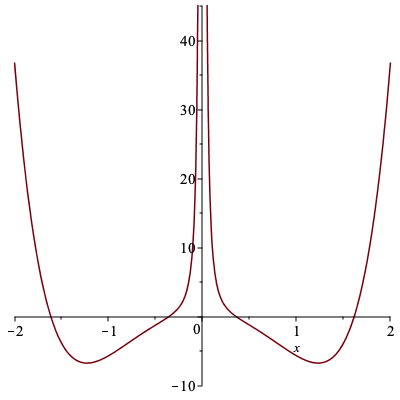for the wave function ψ(x) and the
energy values (the so-called spectrum) E, given a
particular potential V(x). For most potentials this
problem cannot be solved analytically, excepting of course the very special
examples used in undergraduate courses. In
general one has to resort to numerical methods to
calculate the wave functions and spectrum of the problem.
But it turns out that for some potentials, some part
of the spectrum can be calculated exactly using a variety
of algebraic techniques. Such theories have a remarkably
rich mathematical structure which turns out to be related
to the theory of Lie algebras and supersymmetric Quantum
Mechanics. There are connexions to many other areas such
theory of orthogonal polynomials, and even with quantum
field theories which can also be explored. The
project has both potential to appeal to those interested
in exact, `algebraic' results, but one might choose to
investigate how approximate methods such as the WKB
approximation behave when applied to quasi-exactly solvable
potentials.
Prerequisites
Mathematical
Physics 2 or Physics equivalent - Quantum Mechanics III
may be helpful.
Resources
There are (fortunately) lots of articles about
quasi-exactly solvable models. Here is a sample
|
